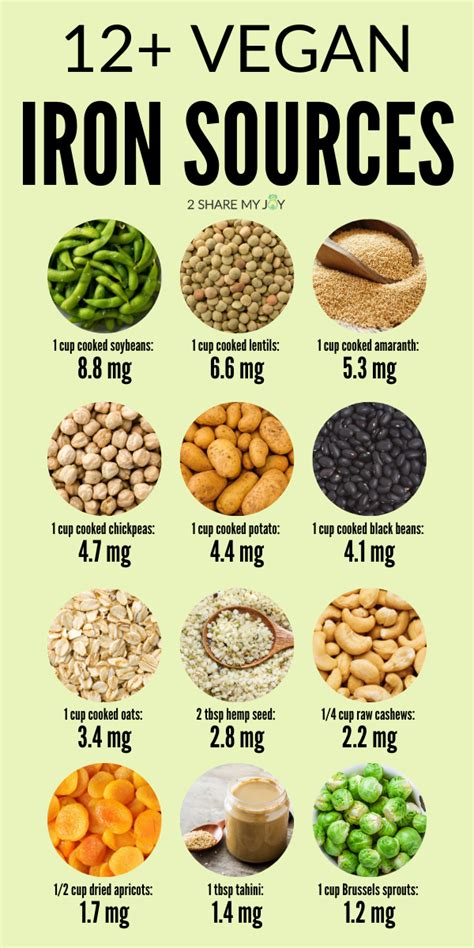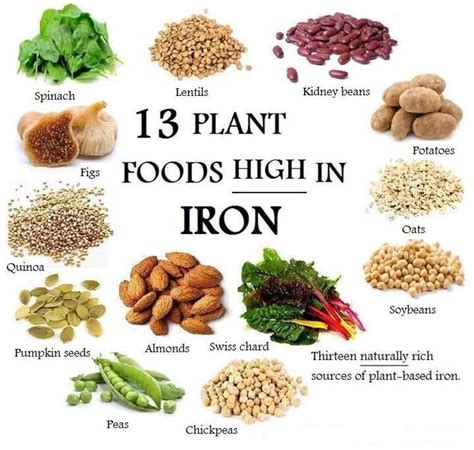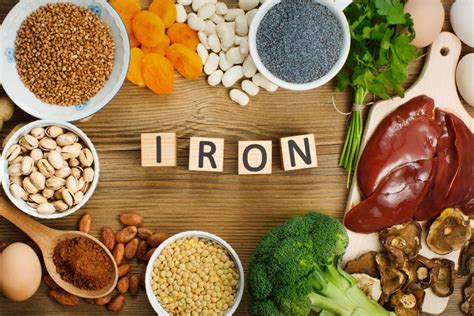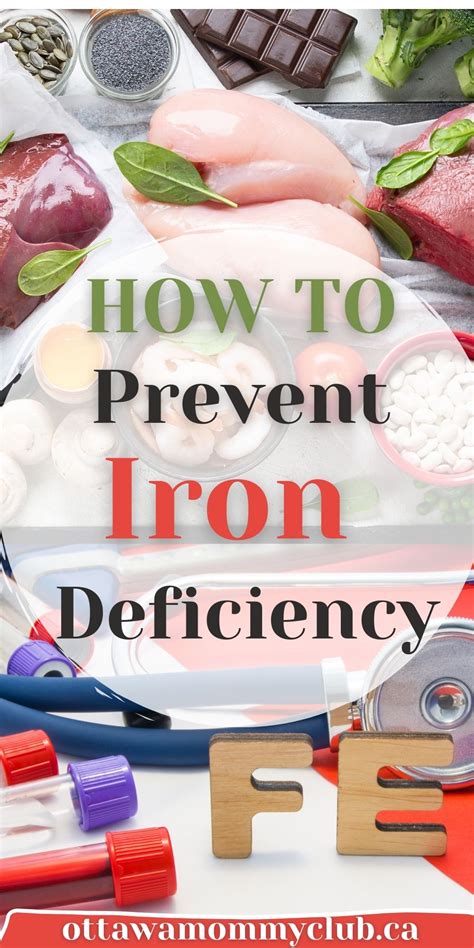Intro
Discover foods high in iron, including red meat, spinach, and beans, to boost iron intake and prevent deficiency, exploring iron-rich diets and nutrition tips.
Iron is an essential nutrient that plays a critical role in various bodily functions, including the production of red blood cells, which carry oxygen throughout the body. Without sufficient iron, individuals may experience fatigue, weakness, and shortness of breath, among other symptoms. Fortunately, there are numerous foods that are rich in iron, making it easier to meet daily iron needs through a balanced diet. In this article, we will delve into the world of iron-rich foods, exploring their benefits, working mechanisms, and providing practical examples to help readers incorporate them into their daily meals.
Iron deficiency is a common nutritional disorder that affects millions of people worldwide. It can be caused by a variety of factors, including a poor diet, increased iron requirements during pregnancy or childhood, and certain medical conditions, such as celiac disease or Crohn's disease. To combat iron deficiency, it is essential to consume foods that are high in iron. These foods can be broadly categorized into two groups: animal-based and plant-based sources. Animal-based sources, such as red meat, poultry, and fish, are generally higher in iron than plant-based sources, such as beans, lentils, and dark leafy greens. However, plant-based sources can still provide significant amounts of iron, especially when consumed in combination with vitamin C, which enhances iron absorption.
The importance of iron in the human body cannot be overstated. Iron is necessary for the production of hemoglobin, a protein in red blood cells that carries oxygen to different parts of the body. Without enough iron, the body may not be able to produce sufficient hemoglobin, leading to iron deficiency anemia. This condition can cause a range of symptoms, including fatigue, weakness, pale skin, and shortness of breath. In severe cases, iron deficiency anemia can lead to more serious health problems, such as heart problems and poor pregnancy outcomes. By consuming foods that are rich in iron, individuals can help prevent iron deficiency anemia and maintain overall health and well-being.
Animal-Based Iron Sources

Types of Animal-Based Iron Sources
Some examples of animal-based iron sources include: * Red meat: beef, lamb, pork * Poultry: chicken, turkey * Fish and shellfish: clams, oysters, sardines, anchovies * Organ meats: liver, kidneyPlant-Based Iron Sources

Types of Plant-Based Iron Sources
Some examples of plant-based iron sources include: * Beans: kidney beans, black beans, chickpeas * Lentils: brown lentils, green lentils * Dark leafy greens: spinach, kale, collard greens * Nuts and seeds: pumpkin seeds, sesame seeds, sunflower seedsIron-Rich Foods for Vegetarians and Vegans

Tips for Increasing Iron Absorption
To increase iron absorption, it is essential to consume foods that are high in vitamin C, such as citrus fruits, bell peppers, and tomatoes, along with iron-rich foods. Vitamin C can help enhance iron absorption by converting non-heme iron into a more soluble form that can be easily absorbed by the body.Iron Supplements and Fortified Foods

Types of Iron Supplements
Some examples of iron supplements include: * Ferrous sulfate * Ferrous gluconate * Ferrous fumarate * Iron amino acid chelatePreventing Iron Deficiency

Steps to Prevent Iron Deficiency
Some steps to prevent iron deficiency include: * Consuming a balanced diet that includes a variety of iron-rich foods * Avoiding foods that inhibit iron absorption, such as tea, coffee, and milk * Taking iron supplements if necessary * Getting regular health check-ups to monitor iron levelsConclusion and Final Thoughts

We invite readers to share their thoughts and experiences with iron-rich foods in the comments section below. What are your favorite iron-rich foods? How do you incorporate them into your daily meals? Share your tips and recipes with us, and help others learn about the importance of iron in maintaining good health.
What are the symptoms of iron deficiency anemia?
+The symptoms of iron deficiency anemia include fatigue, weakness, pale skin, and shortness of breath. In severe cases, iron deficiency anemia can lead to more serious health problems, such as heart problems and poor pregnancy outcomes.
What are some examples of iron-rich foods?
+Some examples of iron-rich foods include red meat, poultry, fish, beans, lentils, dark leafy greens, and nuts and seeds. These foods can be consumed in a variety of ways, including cooked, raw, or fortified.
How can I increase iron absorption?
+To increase iron absorption, consume foods that are high in vitamin C, such as citrus fruits, bell peppers, and tomatoes, along with iron-rich foods. Vitamin C can help enhance iron absorption by converting non-heme iron into a more soluble form that can be easily absorbed by the body.
What are the benefits of consuming iron-rich foods?
+The benefits of consuming iron-rich foods include preventing iron deficiency anemia, maintaining overall health and well-being, and reducing the risk of serious health problems, such as heart problems and poor pregnancy outcomes.
Can iron supplements and fortified foods help meet daily iron needs?
+Yes, iron supplements and fortified foods can help meet daily iron needs, especially for individuals who are unable to meet their iron needs through diet alone. However, it is essential to consult with a healthcare professional before taking any supplements or consuming fortified foods.
